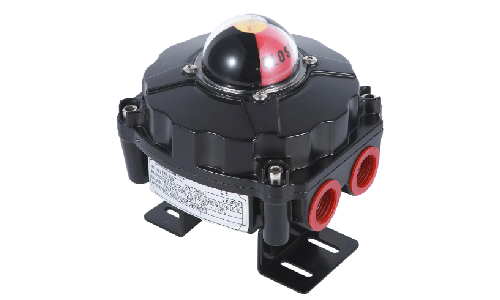When choosing an explosion-proof limit switch for valve actuators, several key factors ensure safety, compatibility, and optimal performance in hazardous environments. Below is a guide to key questions, their purpose, and descriptions to aid in selecting the right switch.
| Question |
Purpose |
Description |
| 1. What is the Hazardous Area Classification? |
Ensure compatibility with the specific hazard level. |
Identify the explosion-proof rating (e.g., Class I Div 1, ATEX Zone 1) to match the location's risk of gas or dust ignition, ensuring compliance with safety codes. |
| 2. What Type of Valve Actuation is Required? |
Confirm the correct actuation type for the valve setup. |
Choose the actuation method (e.g., rotary or linear) based on the valve movement for precise position monitoring and effective feedback. |
| 3. What is the Operating Temperature Range? |
Verify temperature compatibility for reliability under conditions. |
Select a switch rated for the environment’s temperature extremes to ensure stable and safe operation, whether in high or low temperatures. |
| 4. What Environmental Protection Rating is Needed? |
Ensure durability in dust, water, or chemical exposure environments. |
Choose an IP rating that fits the environmental conditions, such as IP66 or IP67, for robust protection in moisture, dust, or corrosive settings. |
| 5. What Electrical Rating and Voltage are Required? |
Match the switch's electrical specifications to the system. |
Select a switch with an appropriate voltage and current rating to handle the actuator’s electrical load safely and effectively (e.g., 24V, 110V, or 220V). |
| 6. What is the Switching Configuration Needed? |
Determine whether normally open (NO) or normally closed (NC) is appropriate. |
Select the correct switch configuration based on operational needs, ensuring consistent circuit functionality under hazardous conditions. |
| 7. Is the Switching Frequency Suitable? |
Confirm the switch can endure the system's operational frequency. |
High-cycle applications require a switch rated for frequent actuation to avoid wear and ensure longevity in demanding environments. |
| 8. What is the Required Connection Type? |
Facilitate secure and safe wiring installation. |
Explosion-proof switches often require specialized cable entries or conduit fittings. Choose compatible connection types for seamless, secure installation. |

